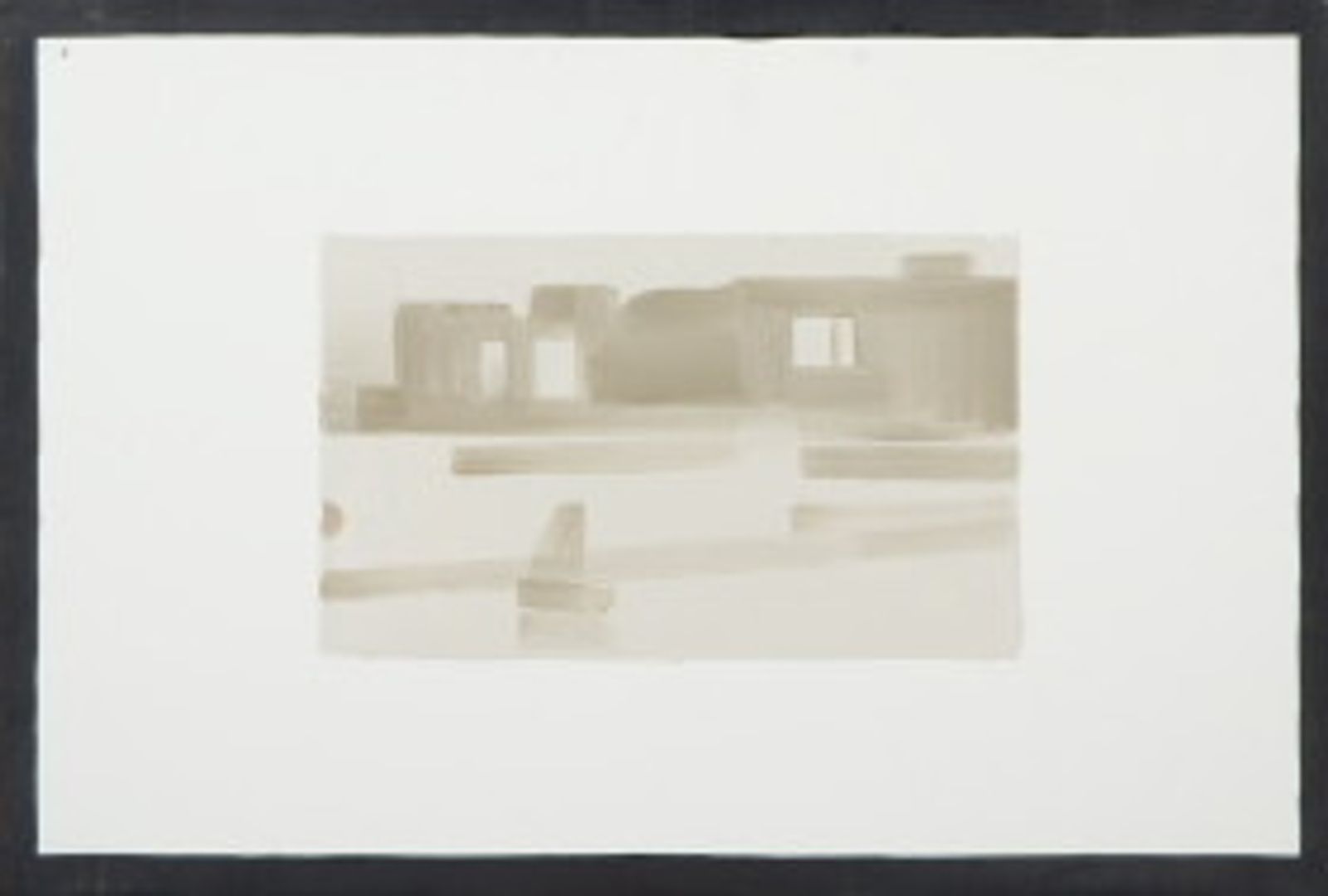National Gallery of Art
8

Overview
Zachęta – The National Gallery of Art in Warsaw is a cultural institution focused on promoting contemporary art by organizing exhibitions of both Polish and international artists. The gallery building, designed by Stefan Szyller, began construction in 1898 and opened in December 1900. It features a style of academic Italian Renaissance with classical elements, enriched by decorations by Zygmunt Otto. The history of Zachęta dates back to 1860, when the Society for the Encouragement of Fine Arts was established with the aim of organizing exhibitions and supporting young artists. During the interwar period, the gallery was the site of a tragic incident—the assassination of the first President of Poland, Gabriel Narutowicz.
During World War II, the building survived despite the destruction in the surrounding area, but it lost its collections, which were transported away by the occupiers. After the war, it was transformed into the Haus der Deutschen Kultur, and in 1945, renovations began, turning the gallery into the Central Bureau of Art Exhibitions. After 1989, the CBWA underwent gradual transformation, and in 2003, Zachęta gained the status of a national cultural institution. Today, it organizes temporary exhibitions of modern art, and its collection spans various art disciplines, though it is not displayed in a permanent form. The gallery also houses a library and an art bookstore, offering a rich collection of publications on contemporary art. The Zachęta building is listed in the register of historical monuments, reflecting its architectural and cultural significance in Warsaw.
Location
Tickets
Powered by GetYourGuide
2025 Wizytor | All Rights Reserved